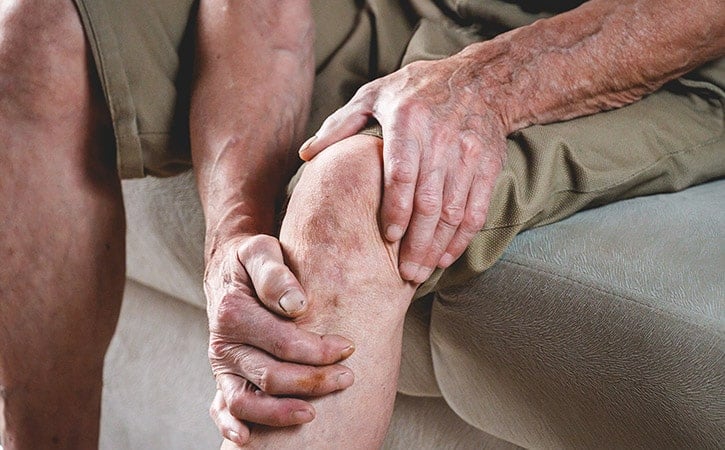Welcome to our sports orthopaedic surgeon’s blog! In this article, we will shed light on one of the most common knee injuries among athletes and active individuals: meniscus tears. As a premier sports orthopaedic surgeon in Mumbai, I have encountered numerous cases of meniscus tears and successfully treated them. So let’s dive into the world of meniscus tears, exploring their causes, symptoms, and the available treatment options.
The Meniscus and its Function:
The meniscus is a C-shaped piece of cartilage located between the thigh bone (femur) and the shin bone (tibia) in the knee joint. It acts as a shock absorber, providing stability, cushioning, and lubrication for the joint during movement. Each knee has two menisci: the medial meniscus, located on the inner side of the knee, and the lateral meniscus, situated on the outer side.
Causes of Meniscus Tears:
Meniscus tears can occur due to various reasons, including:
1. Sudden twisting or pivoting movements while bearing weight on the knee.
2. Direct impact to the knee, such as during a sports-related collision or fall.
3. Degenerative changes over time. The menisci become more brittle and prone to tears with age.
Symptoms of Meniscus Tears:
Individuals with a meniscus tear may experience the following symptoms:
1. Pain: Sharp or dull pain, localized to the affected knee.
2. Swelling: Visible swelling around the knee joint.
3. Limited Range of Motion: Difficulty in fully extending or flexing the knee.
4. Locking or Catching Sensation: Feeling as if the knee is getting stuck or catching during movement.
5. Instability: A sense of the knee giving way or feeling unstable.
Diagnosis and Treatment Options:
If you suspect a meniscus tear, it is crucial to consult a sports orthopaedic surgeon for an accurate diagnosis. After a thorough physical examination and review of medical history, the following diagnostic tests may be performed:
Imaging Tests:
X-rays help rule out other knee conditions, while magnetic resonance imaging (MRI) provides detailed images of the meniscus.
The treatment approach for meniscus tears depends on several factors, such as the location, size, and severity of the tear, as well as the patient’s age and activity level. Here are the treatment options:
1. Non-Surgical Treatment:
- Rest, ice, compression, and elevation (RICE) to reduce swelling and pain.
- Physical therapy to strengthen the muscles around the knee and improve joint stability.
- Medications for pain management and inflammation reduction.
2. Surgical Treatment:
- Arthroscopic Meniscus Repair: This minimally invasive procedure involves using tiny instruments and a camera to repair the torn meniscus by suturing the edges together.
- Partial Meniscectomy: In cases where the meniscus tear cannot be repaired, the damaged portion of the meniscus is surgically removed.
Recovery and Rehabilitation:
Following either surgical or non-surgical treatment, a comprehensive rehabilitation program is vital for optimal recovery. It usually involves a combination of exercises, stretching, and gradually increasing weight-bearing activities to restore strength, flexibility, and mobility.
Prevention Tips:
While some meniscus tears are unavoidable, certain measures can reduce the risk:
- Warm up properly before physical activity or sports.
- Use proper techniques and form during sports and exercises.
- Strengthen the muscles around the knee joint through targeted exercises.
- Maintain a healthy body weight to reduce stress on the knees.
Conclusion:
Meniscus tears can be debilitating for athletes and active individuals, but with the right diagnosis and treatment, most people can regain full functionality of their knee. As a sports orthopaedic surgeon in Mumbai, I have successfully treated numerous cases of meniscus tears, helping patients return to their active lifestyles. If you suspect a meniscus tear or experience knee pain and instability, seek professional medical advice promptly. Remember, early intervention often leads to better outcomes.
Disclaimer: This article is for informational purposes only and should not be considered a substitute for professional medical advice. Always consult a qualified healthcare professional for accurate diagnosis and tailored treatment options.


